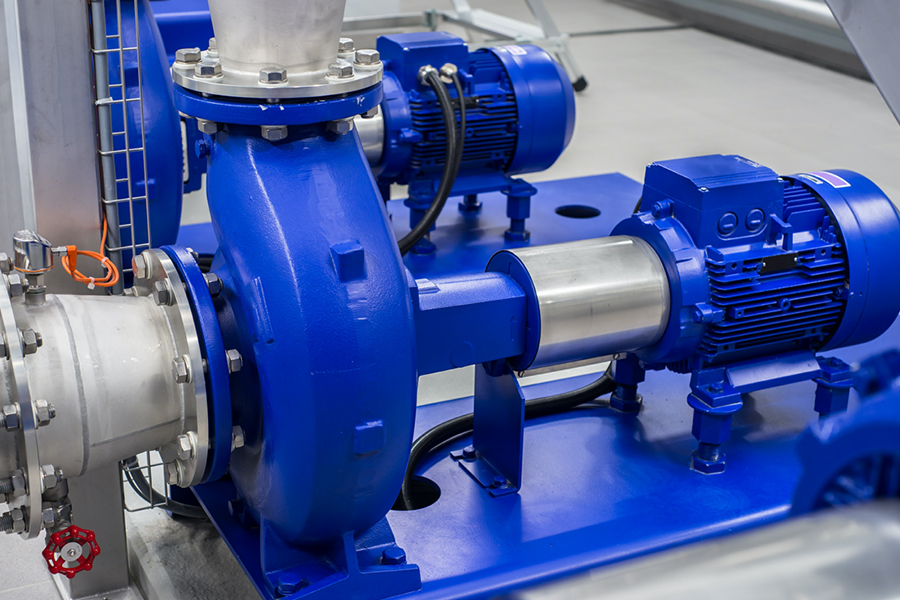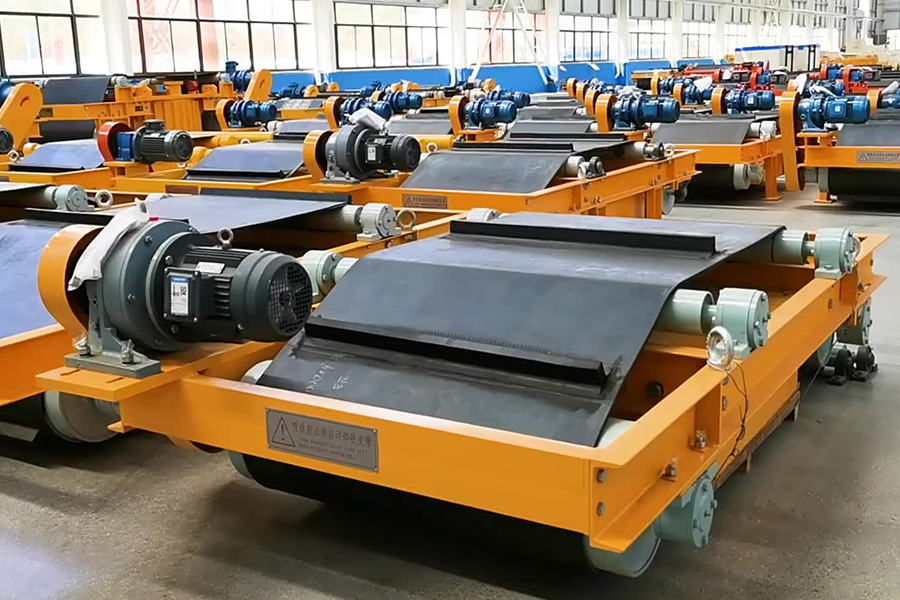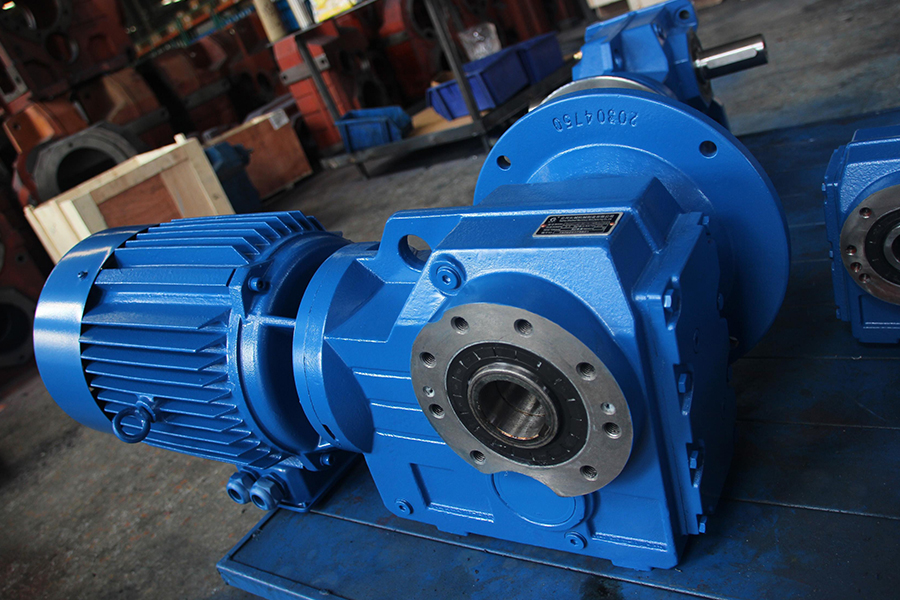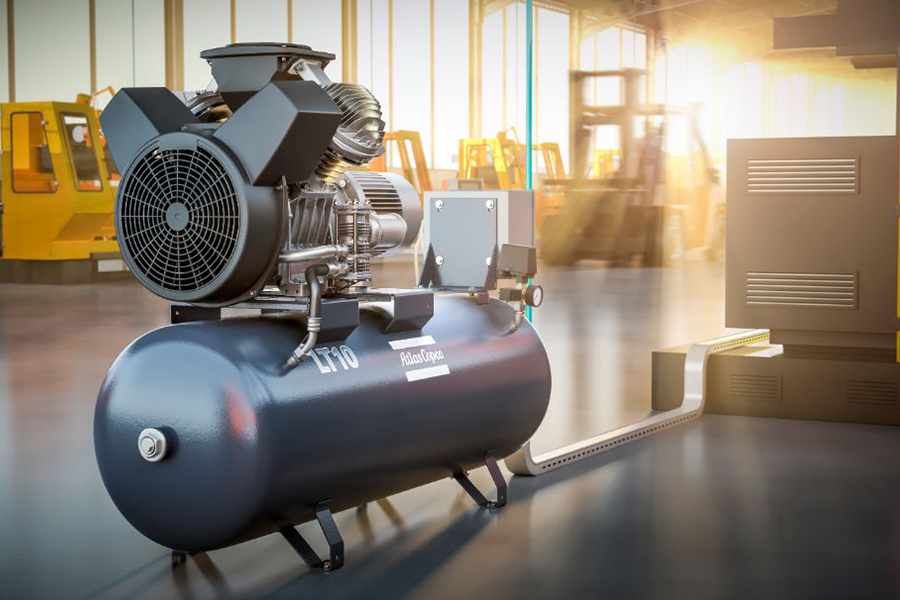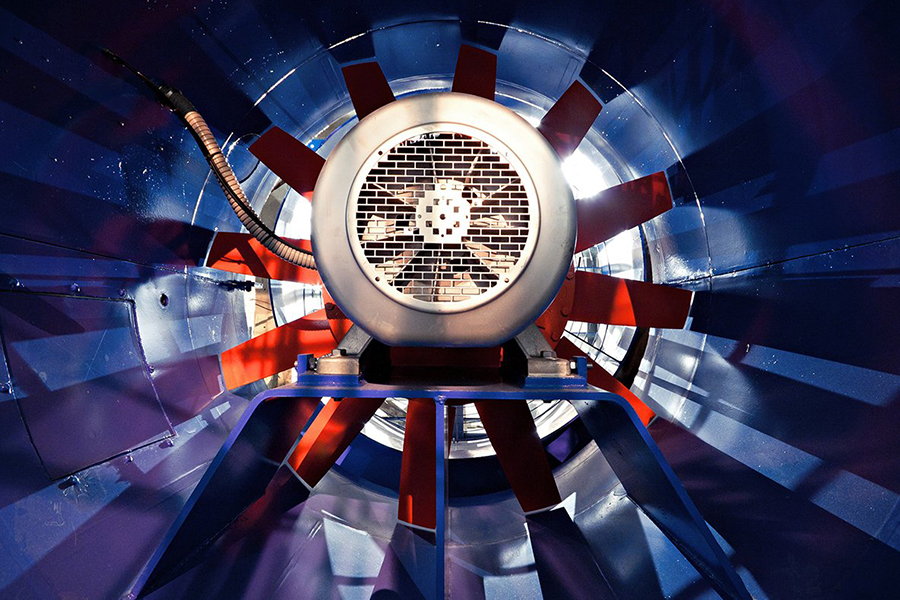The landscape of electric vehicles (EVs) has been evolving rapidly, driven by advancements in high-performance electric motor technologies. Among these, single-phase series motors have emerged as a promising solution, offering high performance and efficiency. This article delves into the intricacies of single-phase series motors and their role in shaping the future of EV propulsion.
Single-phase series motors are characterized by their simple design and robust performance characteristics. Unlike traditional three-phase motors, which require complex control mechanisms, single-phase series motors operate using a single power source, making them suitable for a wide range of applications, including electric vehicles.
One of the key advantages of single-phase series motors is their ability to deliver high torque at low speeds, making them ideal for urban driving conditions where frequent acceleration and deceleration are common. This torque characteristic is achieved through the unique arrangement of windings in the motor, which allows for efficient power delivery across a wide range of speeds.
In addition to their torque capabilities, single-phase series motors are also known for their high power density, meaning they can deliver a large amount of power in a compact and lightweight package. This is particularly important for electric vehicles, where reducing weight and increasing efficiency are critical for extending range and improving performance.
Another notable feature of single-phase series motors is their inherent regenerative braking capability. During braking, the motor can act as a generator, converting kinetic energy into electrical energy that can be stored in the vehicle's battery for later use. This not only improves overall energy efficiency but also helps to extend the vehicle's range.
Despite these advantages, single-phase series motors have faced challenges in terms of efficiency and power output compared to their three-phase counterparts. However, recent advancements in motor design and control algorithms have helped to overcome these limitations, resulting in significant improvements in performance.
For example, the integration of advanced power electronics and control systems has enabled more precise control of motor operation, optimizing efficiency and reducing losses. Additionally, the use of high-performance materials and innovative cooling techniques has allowed for higher power densities and improved thermal management, further enhancing overall performance.
Furthermore, ongoing research and development efforts are focused on enhancing the reliability and durability of single-phase series motors, ensuring they meet the rigorous demands of automotive applications. This includes advancements in fault detection and predictive maintenance algorithms, as well as improved manufacturing processes for small defects and improved consistency.
Looking ahead, single-phase series motors are poised to play a central role in the continued growth of the electric vehicle market. Their combination of high performance, efficiency, and compact design makes them well-suited for a variety of applications, from compact city cars to high-performance sports vehicles.
In conclusion, single-phase series motors represent a significant advancement in high-performance electric motor technology, offering high performance and efficiency for electric vehicles. With ongoing research and development efforts, these motors are expected to continue to evolve, driving further innovation in the field of electric propulsion.
These motors epitomize the next phase in electric propulsion, where efficiency meets sustainability. As demand for electric vehicles continues to surge, the importance of optimizing motor performance becomes paramount. Single-phase series motors, with their inherent advantages and ongoing advancements, stand as pioneers in this journey toward a greener automotive industry. With each innovation, they propel us closer to a future where electric vehicles dominate the roads, powered by efficient, high-performance motors that leave a small environmental footprint.

 English
English 中文简体
中文简体 عربى
عربى



